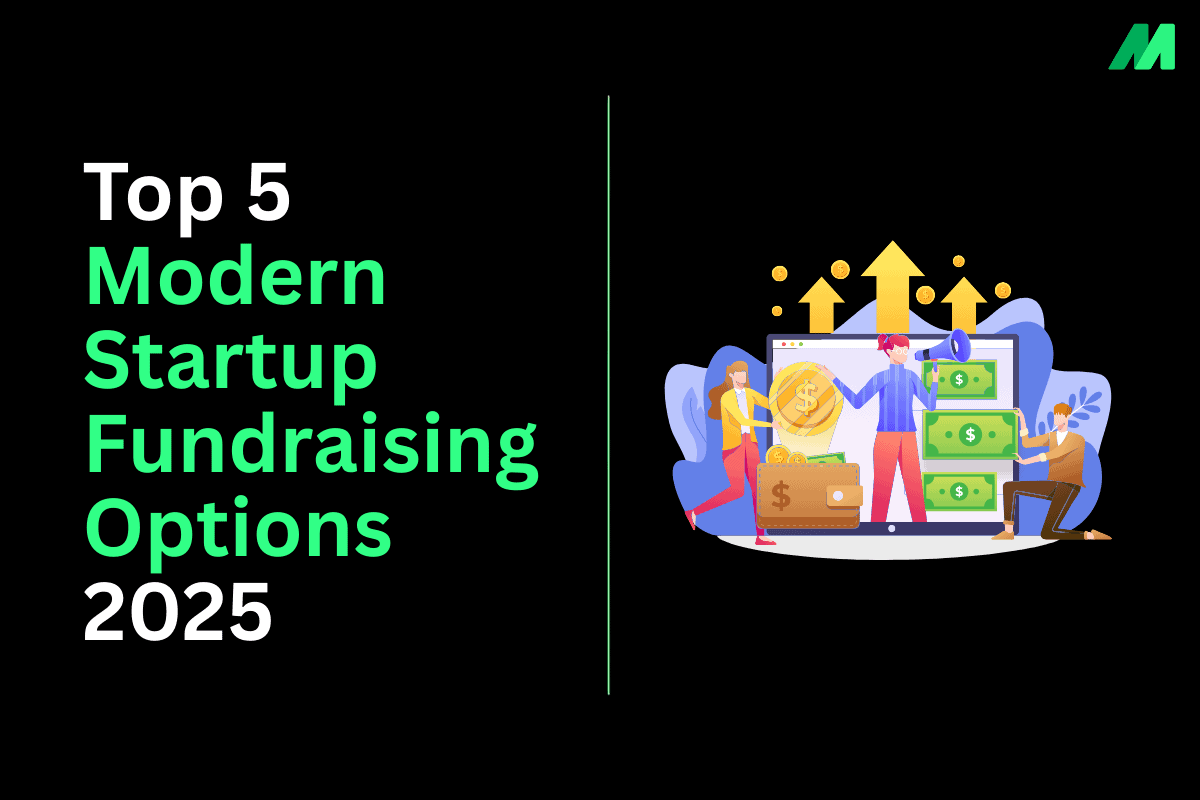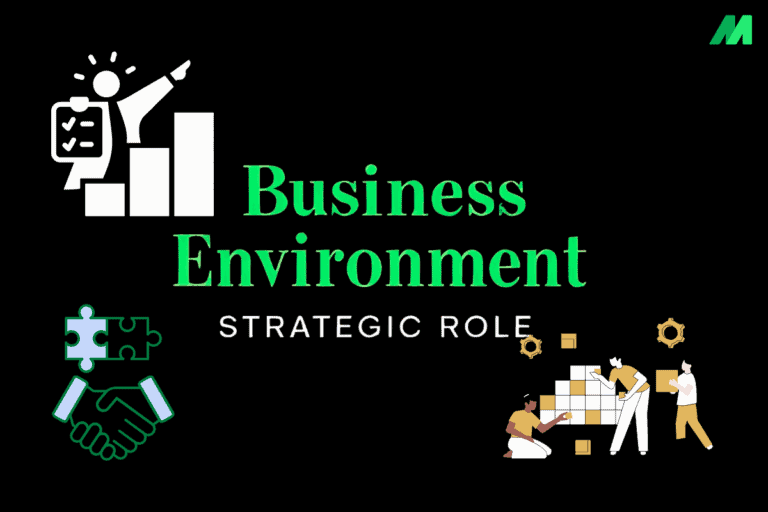Fundraising is a necessary journey for startups that provides the resources for designers to build their desired product, to hire employees, and ultimately, to create the business that they envision. In 2025, fundraising is seeing many options that are now more dynamic than ever and also displacing traditional forms of capital, from investment capital to technology-based investments. This document aims to explore the most relevant and impactful of the modern fundraising paths, including everything from crowdfunding to venture capital (VC), to provide all startup founders with a working understanding of fundraising.
1. Crowdfunding: Democratizing Capital Raising
Crowdfunding has emerged as one of the best ways for startups to raise capital from a broad base of people online. Startups can connect with an audience of investors, but are not limited to just a few people. They are appealing to what could be thousands of small investors or small supporters who invest a small amount of funds for equity, rewards, or repayment of debt.
Types of Crowdfunding
- Equity Crowdfunding: Startups provide shares to the crowd in exchange for investment. Where this method suits startups who want to raise a lot of money and are looking to build a wide base of investors, it also helps startups get early advocates for their brand..
- Rewards Crowdfunding: Instead of equity, backers receive products, services, or perks as incentives. This form of crowdfunding is popular for consumer-facing startups launching new products because startups are often concurrently funding their startup and launching new products as marketing, and getting feedback from early users.
- Debt Crowdfunding (Peer-to-Peer Lending): Startups borrow money collectively from an investor group, which is repayable over time with interest. This method can be a replacement for traditional bank loans with fewer hurdles.
Advantages and Challenges
| Advantages of Crowdfunding | Challenges of Crowdfunding |
| Enables them to publicly validate their ideas and test market demand. | Success depends on strong storytelling and marketing efforts. |
| Allows engagement with a community of early supporters. | Requires good organizational and communication skills. |
| Raises funds without giving away large equity stakes. | Regulatory compliance is complex and time-consuming. |
| Provides a platform for compelling storytelling. | Platforms often charge fees that reduce the total funds raised. |
| Creates buzz and marketing exposure | Risk of public failure if the campaign does not reach its goal |
| Allows founders to receive direct feedback and insights. | Ongoing obligations to backers in terms of updates, rewards, or equity |
| Faster and more accessible funding route compared to loans or venture capital. | Competitive crowdfunding landscape |
| Helps build a loyal, engaged audience |
2. Angel Investors: Early-Stage Capital and Mentorship
They are usually high-net-worth individuals who exchange money for equity ownership before round or series A investments. Angel investors do not only provide money, they also provide experience, connections, mentorship, and strategic guidance that can help grow a startup quickly.
Angel investors often make early-stage investments into startups with innovative ideas and solid founding teams, but without much operational history. They fill the funding gap between personal finances (bootstrapping) and institutional finance. Many investors invest through angel networks that allow startups to access many angels at once.
Advantages of Crowdfunding
- Allows startups to validate their ideas in front of the public and test market demand in a traditional manner, but without the limited traditional gatekeepers.
- Allows engagement with a community of early supporters that converts into passionate customers and advocates.
- Funds can be raised without offering an early large equity position, which affords the founders control.
- Offers a way to tell a compelling story and emotionally connect with potential backers.
- Generates hype and offers marketing exposure, as most campaigns include social media and press during the campaign.
- Allows the founders to gain direct feedback and insights from backers to improve their offering.
- Potentially a quicker, more accessible funding pathway versus using loans or venture capital.
- Fosters a loyal and engaged audience who can create a word-of-mouth effect and also have ownership in product development.
Challenges of Crowdfunding
- To succeed, you need great storytelling and marketing to get noticed.
- Handling many small investors means you must be organized and communicate well.
- Following the rules for crowdfunding and securities can be hard and take a lot of time.
- Platforms usually take a cut, which lowers the total money you raise.
- If you don’t meet your goals, it could look bad for your brand.
- Keeping backers updated or giving rewards can make things harder to manage.
- Crowdfunding is competitive, so campaigns must be creative and well-run to get attention.
3. Venture Capital: Fueling Rapid Growth and Scale
Venture capital comes from firms that handle money from big investors and rich people. They invest in startups that could grow quickly. Usually, they want companies that have already done well or could do very well in the market.
Compared to angel investors, venture capitalists usually invest more money per round. They also spend more time studying and talking about the deal. Besides money, they help companies with strategy, management, hiring, and getting more funding later on.
Key Traits
- Great for startups that want fast growth and to shake things up in their markets.
- Usually has several funding stages (Seed, Series A, B, C, and so on) as the company reaches growth goals.
- Founders should expect really high growth expectations and that their ownership stake might shrink.
- Venture Capital firms might want seats on the board and say in important choices.
Advantages of VC Funding
- It fuels business growth with needed capital.
- It provides industry know-how, mentorship, and strategic advice.
- It creates partnership and networking opportunities.
- It has no required monthly payments, freeing your cash for growth.
- It helps you build trust and get noticed in the market.
- It can help with future fundraising and expansion.
Challenges of VC Funding
- Getting funds is tough and not simple.
- Founders often lose a good bit of their company ownership, which cuts their power.
- Those who put money in might care more about fast gains than where the firm is headed.
- There’s pressure to grow fast and make money quickly.
- Venture capitalists might sway choices, so the creator’s freedom is affected.
- Disagreements can pop up between backers and founders about what path the firm should take.
4. Other Modern Fundraising Methods
Bootstrapping
Starting a business by bootstrapping means using your own savings or reinvesting profits, rather than seeking outside investors. It lets you keep full ownership and control, but it calls for tight money management and may mean slower growth.
Grants and Competitions
Startups that want to keep all their stock might consider things like government grants, innovation prizes, and business contests. These funds don’t require you to give up a share of your company. It can be hard to qualify, and there’s a lot of competition, but they can be a big help early on.
Debt Financing
You can also get capital by way of bank loans, NBFCs, and revenue-based financing, which also allows you to maintain ownership. You have to pay the money back, but you keep control of your company. Taking on debt can be risky for new startups that don’t have a reliable income yet; it is helpful for businesses to obtain capital for expansion.
Accelerators and Incubators
These programs give new companies seed money, mentoring, workspace, and resources in return for stock or fees. Joining one can speed up growth and build your network, making them helpful for both raising money and growing your business.
Corporate Venture Capital
Big companies often have special investment groups that put money into startups. This helps the big companies encourage innovation and create partnerships. Startups get funding, plus the backing of a well-known brand name and access to a wider market.
5. Fundraising Preparation and Strategy
Successful fundraising requires more than choosing a method; it demands thorough preparation and strategic execution.
1) Preparation Phase
- Create a pitch deck that is attractive and informative—showing the business model, market opportunity, the team’s successful experience, and financial forecasts.
- To identify target investors, you must identify investors that are in the early or growth stages and in the industry related to the startup.
- Prepare due diligence documents like the financial documents, operating documents, legal documents, etc.
- Refine the valuations and key metrics you will deliver to negotiate for a good deal.
2) Fundraising Timeline
Usually, fundraising takes months, and it normally has several phases – outreach, first meetings, due diligence, negotiating terms, and closing. To help avoid major cash flow issues, provide appropriate time to complete the fundraising and concentrate on the challenges of growing your business.
3) Relationship Building
Building substantial long-term relationships with your investors before fundraising rounds is worth it. Regular and transparent communication, updates, and following up builds trust, and getting past any barriers during negotiation will be easier.
4) Using Fundraising Platforms and Tools
Numerous platforms help fundraisers, support the fundraising process, connect startups to investors, or provide either legal or financial tools like AngelList, SeedInvest, DocSend, and Carta. Utilizing these platforms and tools takes away a preliminary stage and ultimately leads to professionalism and efficiency.
In conclusion, the contemporary startup fundraising market in 2025 includes an extremely wide range of options—from democratized crowdfunding, to potentially insightful angel investment, through to high-profile venture capital; all options have very specific roles depending on the startup’s stage, type, and aspirations.
Savvy founders find the right balance and use a combination of them; however, ensuring they are working within the context of their own fundraising approach and overall business vision, and are doing so after a lot of necessary groundwork to enable them to approach investors with confidence. Above all, fundraising is an art and a science that requires diligent effort, smart design, and strong connections. New ventures can take advantage of the fundraising landscape of today and identify the capital and support they need to turn their ideas into successful ventures.




